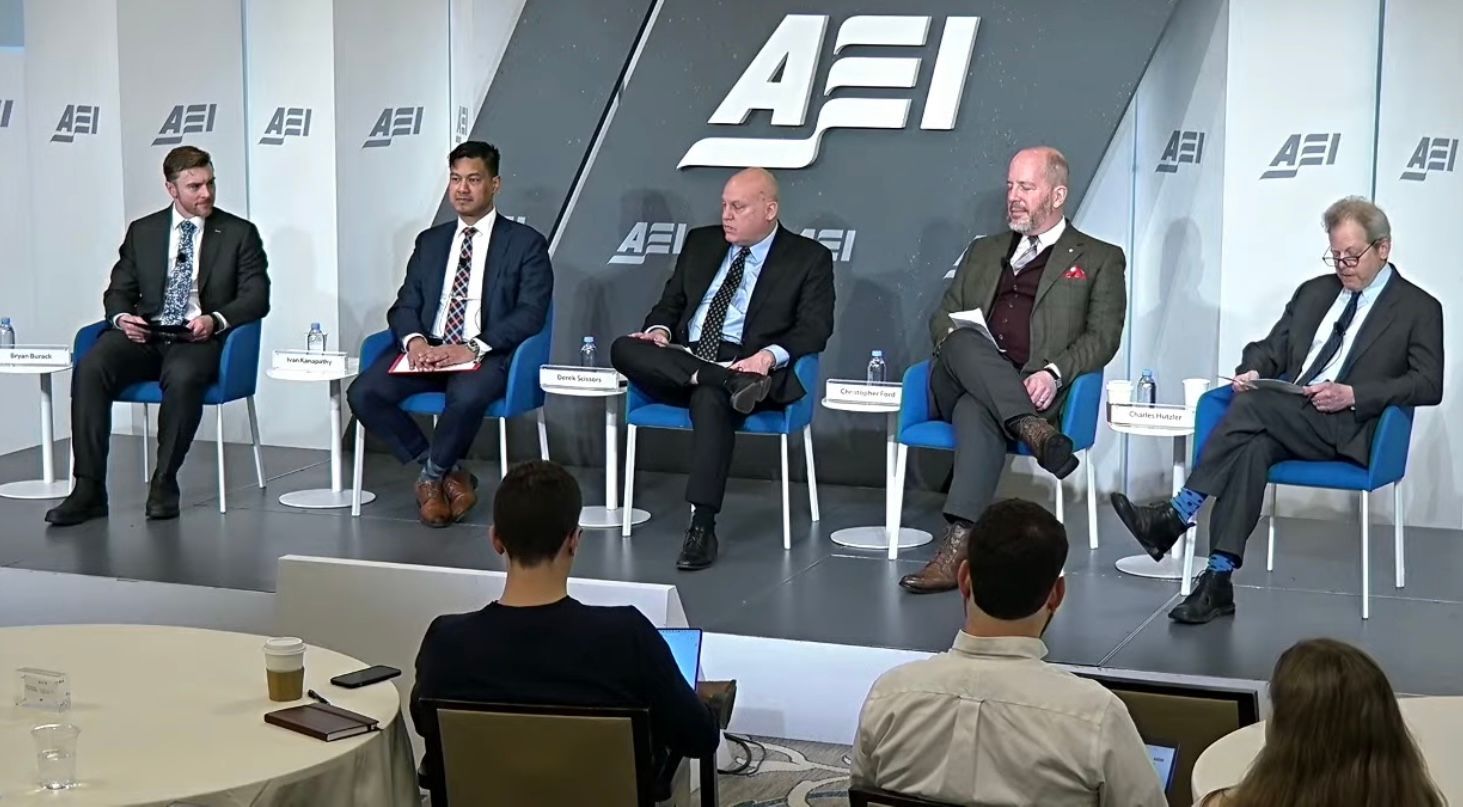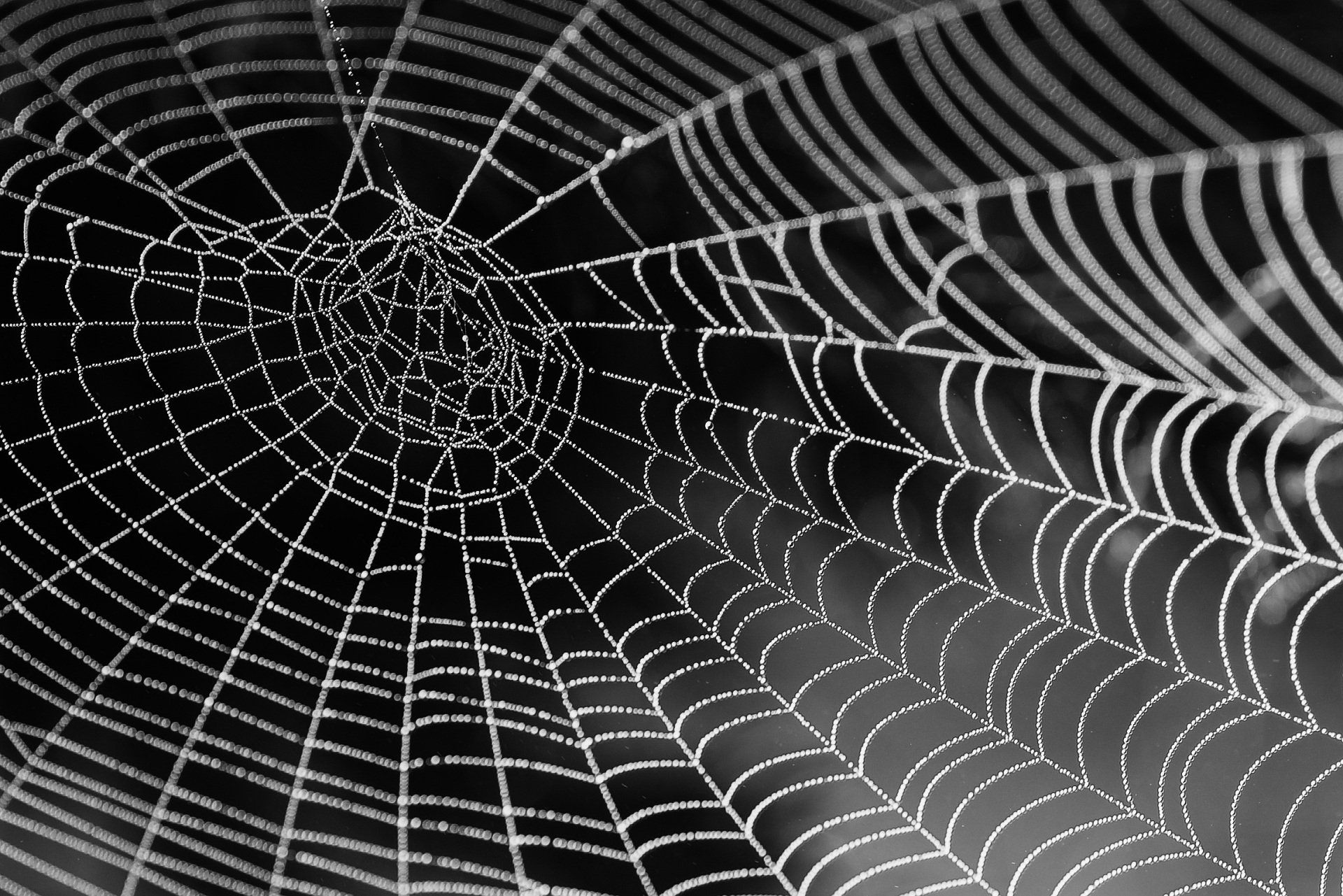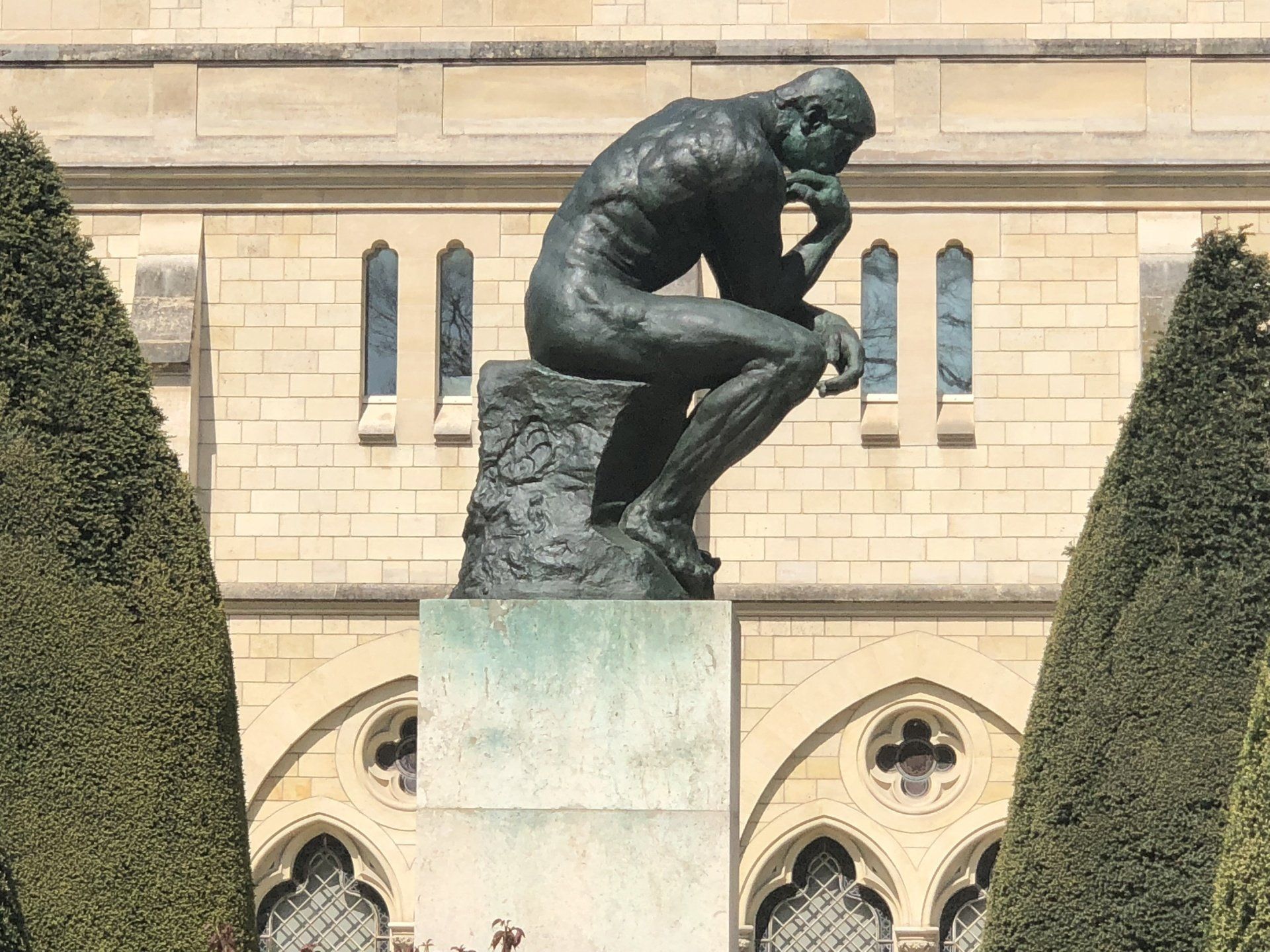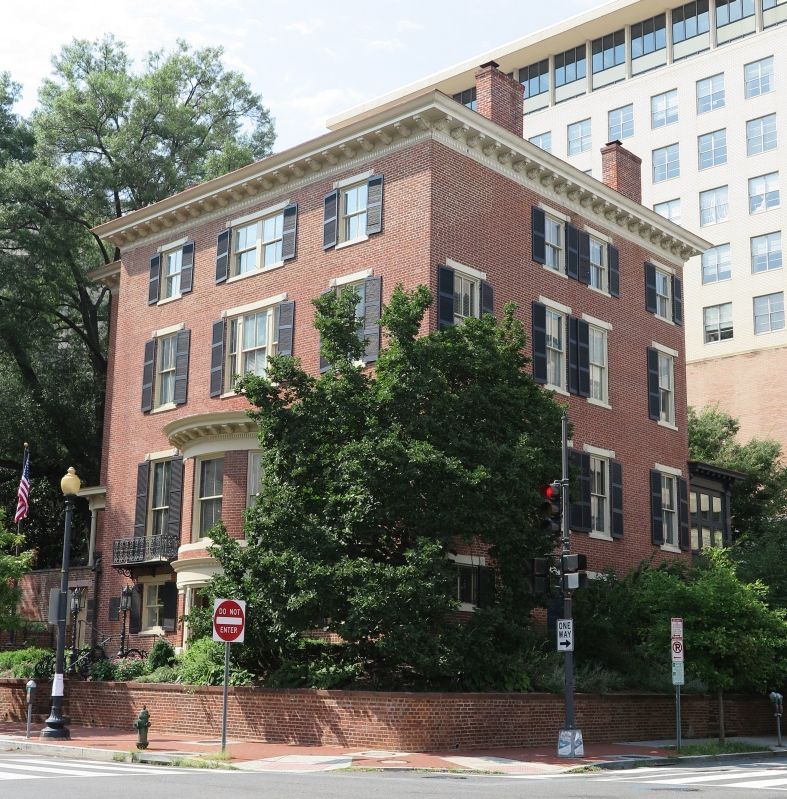The Hon. Christopher A. Ford
New Paradigms Forum -- International Security Policy Since 2009
More Iranian Safeguards Violations: What will the IAEA Do?
The latest report on Iran from the International Atomic Energy Agency (IAEA)* on November 16 is quite unsurprising in most important respects. Iran continues to refuse to comply with multiple legally-binding U.N. Security Council resolutions requiring it to suspend its enrichment and reprocessing work, and it continues to stonewall the IAEA by refusing to answer questions and resolve concerns related to its apparent research into nuclear weapons development. [ GOV:2009:74.pdf at ¶31-32, & 36] All this is shameful, but unfortunately it is in no way unexpected.
The November 16 report’s more interesting sections deal with the recently revealed, previously clandestine uranium enrichment plant at a military base near the city of Qom. In a notably credulous and factually unsupported acceptance of Iran’s pretense that the purpose of the Qom operation was indeed to enrich uranium for nuclear reactor “fuel” rather than weapons components, the IAEA accepts Iranian usage and refers obligingly to this facility as the Fordow Fuel Enrichment Plant (FFEP). Agency credulousness aside, however, the visit from Agency inspectors and the analysis of this issue in the IAEA’s report raises an interesting issue for the IAEA and its Board of Governors.
Iran began to construct the Fordow facility in 2002, apparently halting construction for a time in 2004 before resuming it in 2006. [¶13] Iran has contended, in a letter to the IAEA on October 28, that it decided to construct the Fordow plant because its enrichment plant at Natanz was “threatened with military attack.” [¶12] This is the latest component of the disingenuous meta-narrative Iran offers in order to explain away the secrecy of its nuclear work over the years. Tehran wasn’t hiding a clandestine nuclear weapons program, we are asked to believe: it was just pursuing a peaceful program under a cloak of secrecy made unavoidable by its justified fear of American and/or Israeli aggression.
Iran claims that it only decided in 2007 to use the Fordow facility as an enrichment operation. The Iranian letter of October 28 admits to the existence of some unspecified number of “constructed and prepared centers” for “contingency” operations of various sorts – of which this facility was one. It alleges that Fordow, however, was only allocated to the Atomic Energy Organization of Iran (AEOI) “in the second half of 2007” for “the purpose of contingency enrichment.” [¶12] According to the IAEA Member States who accurately provided the IAEA – in advance of its inspectors visit – with design data on the Fordow facility’s enrichment capabilities, however, design work started not in 2007 but 2006. [¶13]
Nevertheless, whether it was 2007 or 2006 – or perhaps even earlier** – Iran should have provided the IAEA with design information as soon as the decision had been made to commence work. In reaction to controversy over when information should have been provided about the previously secret enrichment facility at Natanz, Iran agreed in 2003 to a revision to Code 3.1 of its Subsidiary Arrangements with the IAEA for nuclear safeguards; this revision requires provision of design information at the point that a decision is made to commence construction. Iran, however, did not abide by Code 3.1, and indeed has attempted to repudiate it unilaterally. This it may not do. As a legally-binding agreement between Iran and the IAEA, the modified Code 3.1 could only lawfully be changed by agreement between the parties; it is not subject to unilateral Iranian amendment or abridgment. Iran’s failure to comply with Code 3.1 with regard to Fordow, therefore, is a safeguards violation. As the IAEA report put it:
“ Even if, as stated by Iran, the decision to construct the new facility at the Fordow site was taken in the second half of 2007, Iran’s failure to notify the Agency of the new facility until September 2009 was inconsistent with its obligations under the Subsidiary Arrangements to its Safeguards Agreement.” [¶17]
This is an international bureaucrat’s way of saying that Iran has violated its safeguards obligations … again.
Indeed, the IAEA report identifies a second new safeguards violation as well. Iran also waited until September 2009 to provide the IAEA with preliminary design information for a planned nuclear reactor it intends to construct in Darkhovin beginning in 2011. [¶26] (The IAEA had requested design information on this reactor as early as December 2007, but Iran ignored this request until after the embarrassing revelations about Qom this year.***) This, too, was a safeguards violation:
“Iran’s failure to submit design information for the Darkhovin facility until September of this year was inconsistent with its obligations under the Subsidiary Arrangements to its Safeguards Agreement.” [¶27]
This finding of two new safeguards violations raises interesting questions for the IAEA, because Article XII.C of the Agency’s governing statute requires that safeguards noncompliance be reported to the U.N. Security Council. According to this provision of the IAEA Statute , the IAEA Board of Governors “shall report the non-compliance to all members and to the Security Council and General Assembly of the United Nations.” Notably, this phrasing is not permissive, but mandatory: it says “shall” rather than “may.”
I’d be the first to admit that one could make a good argument that at this moment such reporting is not substantively necessary: the Security Council is already well aware of the Iran situation and has already issued several resolutions on the subject. This does not change the wording of the IAEA Statute, however, nor the importance of the IAEA complying with its own governing law. The Agency was disgracefully slow in reporting Iran’s earlier safeguards noncompliance to the Security Council, waiting until March 2006 – three and a half years after the Natanz facility was revealed to the public – to do so.**** This long period of IAEA noncompliance with its own statute troublingly undercut the Agency’s legal integrity and moral authority. Will these new findings about Fordow and Darkhovin lead to similar problems?
The IAEA demands that states subject to safeguards arrangements – and most prominently Iran – rigorously follow the rules of the safeguards system. I understand that reporting Iran to the Security Council again would be politically difficult and highly contentious at the Board of Governors. Can the Agency, however, afford to seem – and in fact actually to be – a scofflaw with regard to its own governing statute, just because complying with Article XII.C is politically inconvenient? That would hardly be a helpful message to send to Iran, or to any other state that might be charged by the IAEA with breaking the safeguards rules that this same Statute charges the Agency with enforcing.
With Iran’s earlier violations, some diplomats tried evasively to claim that because the IAEA Statute does not impose a timeline for Article XII.C reporting, the Board should be deemed free to report violations whenever it wants, even if this means delaying it for years. I thought that a very poor argument then – not least because its proponents did not seem to wish merely to delay but in fact to prevent reporting – but I have not yet heard even this sad fig leaf of an excuse for inaction offered in connection with the Fordow and Darkhovin violations. All in all, I’d be willing to wager that these new violations will not be reported to the Security Council, and would be surprised if anyone even mentions this idea at the next Board of Governors meeting. If our diplomats do indeed engage in any such blithely expedient silence, however, we should not be proud of them. We should ask ourselves, instead, how such evasions of the requirements of the IAEA Statute could be consistent with the Agency’s integrity and their professed commitment to the rule of law in international affairs.
– Christopher Ford
* IAEA, “Implementation of the NPT Safeguards Agreement and relevant provisions of Security Council resolutions 1737 (2006), 1747 (2007), 1803 (2008) and 1835 (2008) in the Islamic Republic of Iran,” GOV/2009/74 (November 16, 2009).
** The IAEA’s comment that satellite imagery shows that construction at Fordow began in 2002 is particularly intriguing, since this would presumably mean that the decision to begin such work predated public revelations about Natanz, which occurred in August of that year. If Fordow were envisioned as a nuclear facility that early, it clearly could not have been a reaction to threats against Natanz – of the existence of which the Iranians then had no reason to believe anyone knew. A decision that early would also place Fordow squarely in an era of the Iranian nuclear program during which even the mischievously phrased 2007 U.S. National Intelligence Estimate believed weapons work to be ongoing. The IAEA does not appear to have resolved the question of when the decision was made to build an enrichment capability at Fordow.
*** See IAEA, “Implementation of the NPT Safeguards Agreement and relevant provisions of Security Council resolutions 1737 (2006), 1747 (2007), and 1803 (2008) in the Islamic Republic of Iran,” GOV/2008/38 (September 15, 2008), at ¶11.
**** Nor is it an excuse to argue that a finding by the IAEA Board is necessary in order for noncompliance “officially” to exist. Article XII.C seems, in fact, to contemplate that noncompliance is a technical, factual question to be determined by the IAEA inspectors themselves: just before its provisions requiring that the Board itself report noncompliance to the United Nations, this article provides that Agency “inspectors shall report any non-compliance to the Director General who shall thereupon transmit the report to the Board of Governors.” There is no suggestion of Board flexibility.
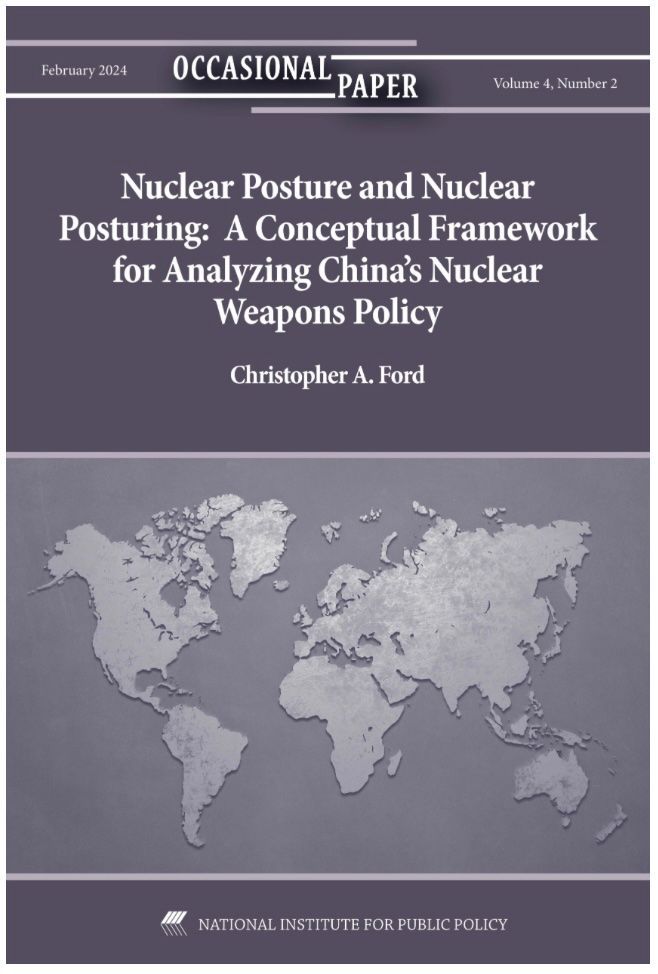


Copyright Dr. Christopher Ford All Rights Reserved

